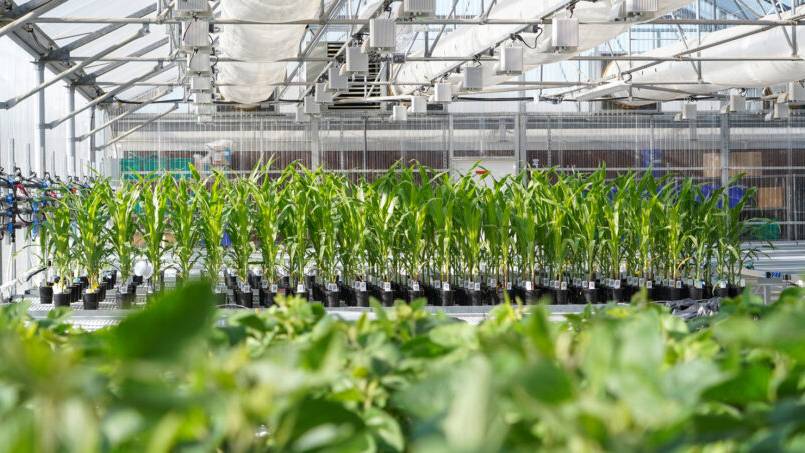How to Request Temporary Duty Suspension in the U.S.
As you may know, about a month ago, U.S. Congress passed and the President signed into law a new process for requesting temporary duty suspension in the United States. The new process will be driven by the U.S. International Trade Commission (USITC), with assistance from the U.S. Department of Commerce as well as U.S. Customs authorities. Last week, the USITC published procedures in the Federal Register describing how they intend to proceed. Not yet completed is the web portal that will be the only way to make a request for a duty suspension. This portal is expected to be on line, ready to accept applications on Oct. 15, 2016. The window will close on Dec. 15.
It is vitally important that applicants very carefully prepare in advance. Since the USITC will likely be swamped with applications (last time there were about 1,000 chemicals alone), it is very important that the initial application be complete in every way as there will likely not be adequate time to make corrections.
Therefore, we would urge that you start soon and collect the following information on each substance that is appropriate for this process – meaning that suspension on the duty will not negatively impact any U.S. producer of like or similar goods. Note – in the case of agrichemicals, applications for the AI and formulated product should be treated as two separate applications.
Necessary Information includes:
- Name, address and full contact details for the entity requesting the suspension.
- Name, address and full contact details for any representative of such entity.
- Article description, if a chemical, to include:
- CAS number or numbers
- IUPAC name
- Color Index Number if applicable.
- International Nonproprietary Name (INN), if applicable
- Correct 8 digit tariff classification number
- Copy of binding customs ruling if available.
- If previously imported, copy of a liquidated CBP entry confirming the product’s classification.
- Description of the imported product
- Briefly describe the product
- Briefly describe the end use of the product
- If an intermediate, briefly describe what it is used for.
- Briefly describe the industry in which it is consumed.
- Go downstream if appropriate.
- Description of U.S. Imports
- Country or countries of origin.
- Provide following value details:
- Actual total value of imports during 2015.
- Estimated total value of imports for 2016
- Forecast total value of imports for 2017, 2018, 2019, 2020, and 2021.
- A list of other potential U.S. Importers.
- Are there any other orders in place, such as anti-dumping, that impact the duty rate for the product?
- Potential negative impact on U.S. Production.
- Provide a list of any U.S. producers that may be impacted.
- You will also be asked to certify that the duty suspension, if approved would be available to any other person that imports this same material. If this is not true (patent, license, etc) a brief explanation as to why will be necessary.
Other key points:
- Suspensions, once granted will be in place for three years.
- There is a $500,000/year limit on the “cost” for each individual duty suspension (tally’s up all of the potential benefits in the case of multiple importers) to the U.S. Treasury. If the cost is estimated to exceed this value, than a temporary duty reduction will need to be calculated so that this amount is not exceeded.
- Under the best case scenario, duty suspensions may be in place by Sept. 1, 2017. It is more likely that they will be in place on Jan. 1, 2018.
While it is expected that most companies will be able to accomplish this task on their own, we will be in a position to assist companies accomplish this objective. Please call on me if there is a chance I can be of service: V.M. (Jim) DeLisi, Fanwood Chemical, Inc. [email protected] Tel: 908-322-8440






